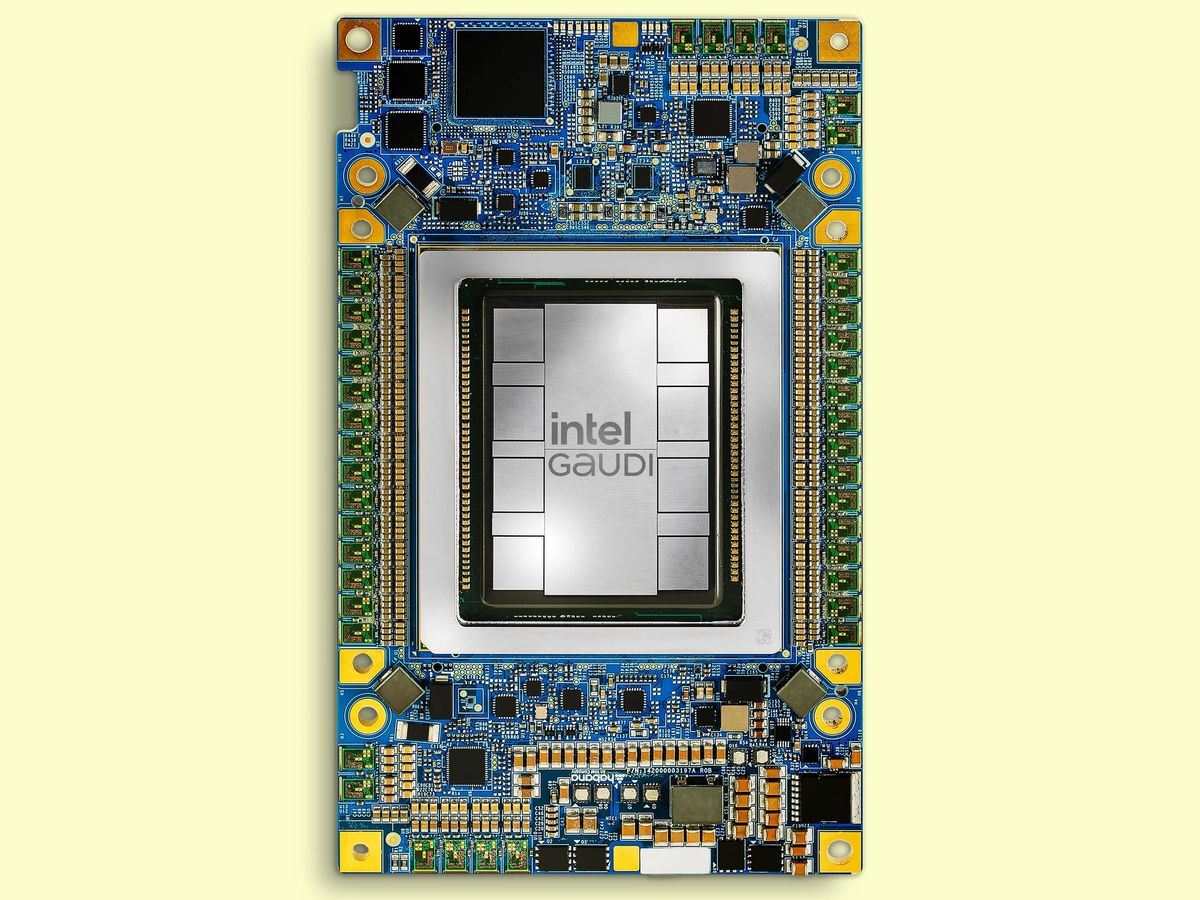Last week I shared a video on this blog in which the noted University of Cambridge scientist, Professor Mark Welland, envisioned that someday nanotechnology could enable a device that would be implanted into our brain and would allow us to not only communicate with people like a miniature mobile phone but also would allow us to feel their sensations.
I was intrigued on where this idea came from based on the Cambridge Nanoscience Center’s current list of research projects. But over at Frogheart, the prospect of such a device seemed a good deal more foreboding.
The work was published in Nature Materials. While strictly speaking the device is not on the nanoscale, it’s clear to see that further development of the technology could lead down this road.
Nanowerk provides a quote from one of the researchers on the project. "The focus of our study was to make ultrathin arrays that conform to the complex shape of the brain, and limit the amount of tissue damage and inflammation," said Brian Litt, M.D., an author on the study and an associate professor of neurology at the University of Pennsylvania School of Medicine in Philadelphia.
The immediate applications for such a technology would be to treat epilepsy, spinal cord injuries and neurological disorders. However, one does think this might be the way that Professor Welland’s vision could be realized—whatever misgivings some may have with such a prospect.
Dexter Johnson is a contributing editor at IEEE Spectrum, with a focus on nanotechnology.




